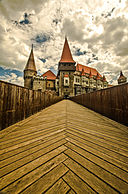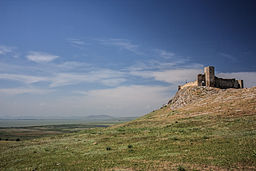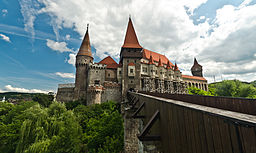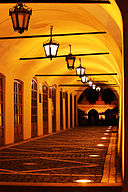28 October 2013
24 October 2013
Autumn wallpapers
It's the season for autumn themed wallpaper backgrounds to bring their warm colors to a desktop nearby, so here are a few of my recent pictures which may fit the bill (freely licensed as CC-BY-SA, of course):
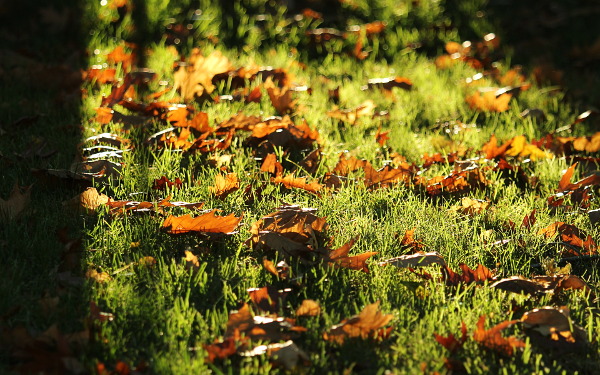
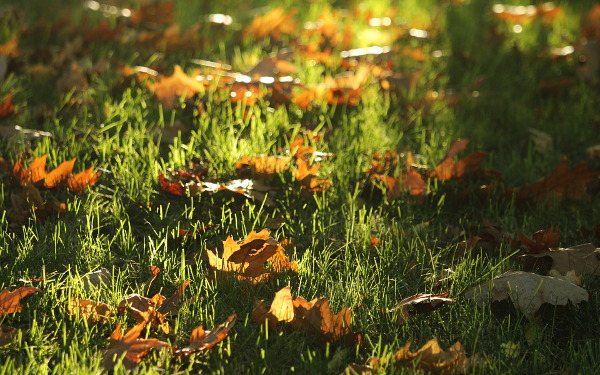
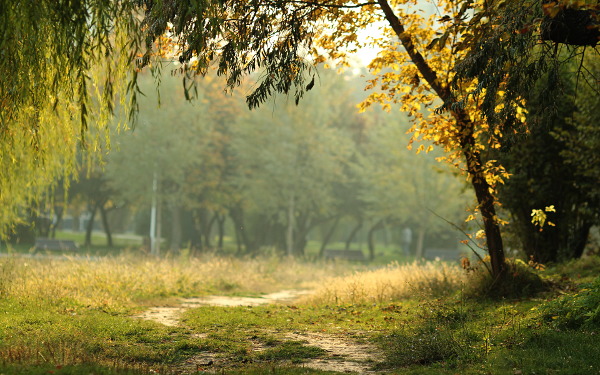
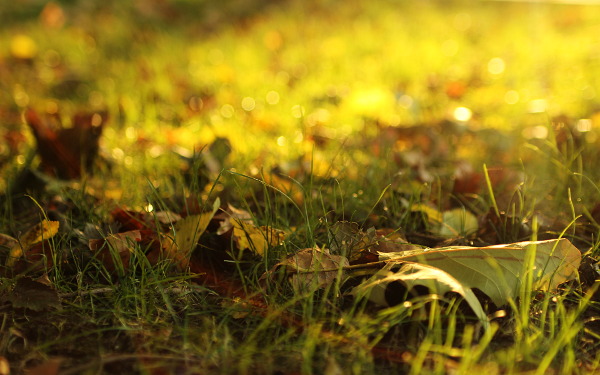
And a bonus one for the braves to laugh in the face of a vertigo-inducting image:
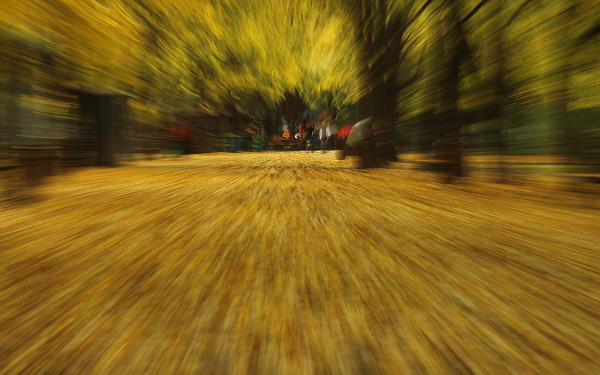
Posted by
nicu
at
1:27 AM
5
comments
![]()
Labels: design, graphics, linux, photo, software-liber, wallpaper
21 October 2013
Hackathon
I may not be thrilled advertising Facebook, but they do were the sponsor of a big hackathon organized by ROSEdu last week-end at Politehnica University in Bucharest. For about 24 hours 15 teams of 2 to 4 hackers coded on various projects for fun, glory, learning and prizes. They were assisted by a bunch of ROSEdu volunteers and some Facebook engineers from London and Dublin. The goal was for each team to have at the end of the coding day a piece of software ready to ship.
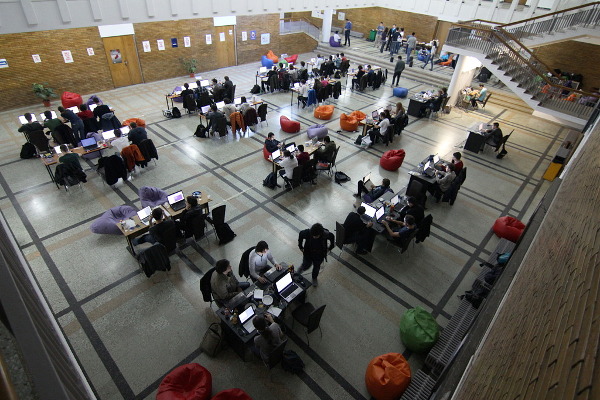



PS: incidentally, the winning team was the one who asked at some point the roaming photographer for some ideas on their interface design :)
Posted by
nicu
at
1:14 PM
0
comments
![]()
Labels: linux, photo, software-liber
13 October 2013
On Linux Install Fest 2013

Being a Sunday, there were no electrician available at the university, so the light was less than perfect. Not a problem for the hackers but a challenge for the photographer.
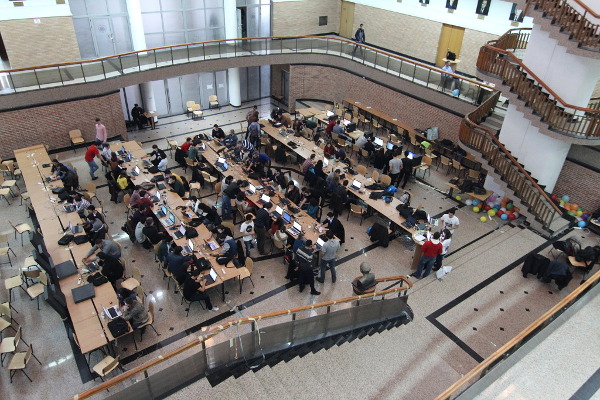


There are some possible explanations:
- the Ubuntu install discs arrived 1 hour late, so early in the morning the girl at the registration desk had to reply to Unbuntu inquiries: "don't you want Mint instead? it comes in both 32 and 64 bit versions";
- the computers in the university lab moved from Ubuntu to Mint to get away from Unity;
- Mint was available on USB sticks, which AFAIK were for the students to keep, while the other distros were available on optical media (also for the students to keep).
Enjoy below a few more pictures from the install fest:

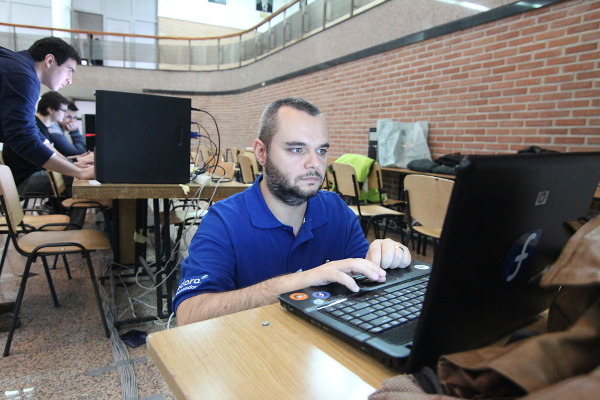
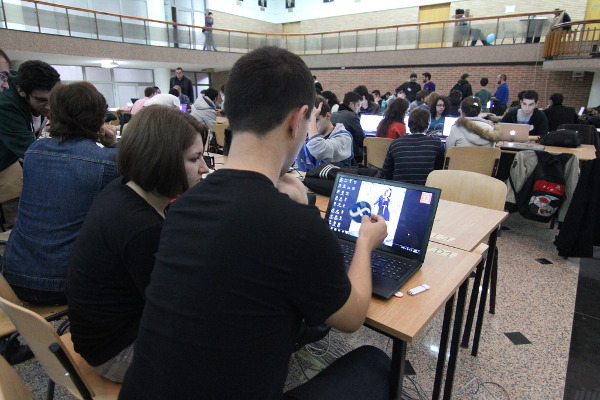
Posted by
nicu
at
6:37 PM
5
comments
![]()
Labels: fedora, linux, photo, Romania, software-liber
10 October 2013
Ready for carving?
Today I felt like drawing some clipart images, now is the time to share

Posted by
nicu
at
11:30 PM
0
comments
![]()
Labels: clipart, design, graphics, inkscape, software-liber, svg
09 October 2013
Nostalgia
Yesterday evening I was at the university for a meeting when I noticed in a window a HC 85 computer, which was in the 80'ies a Romanian clone of the popular Sinclair ZX Spectrum (at the time, it was state of the art for the local IT industry along with the PDP-11 clones). For me, it was nostalgia: one of its brothers was the first computer I ever put my hands on (as a high school student), it was the first computer I programmed on, it was the first computer I dreamed making games for (in assembly language, no less).
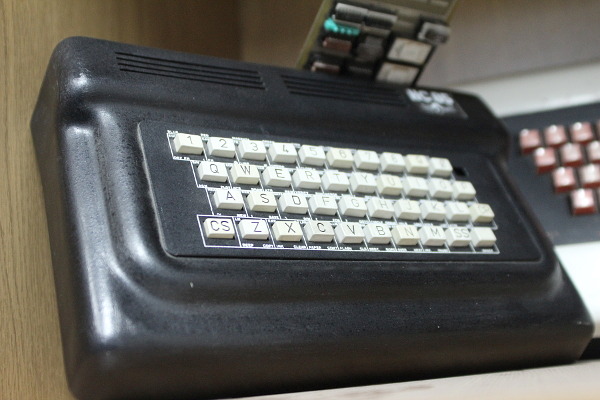
Posted by
nicu
at
4:00 PM
0
comments
![]()
Linux Install Fest in Politehnica
This Sunday, October 13, ROSEdu will organize in Universitatea Politehnica Bucharest its yearly Linux Install Fest, the biggest event of such type I am aware of in the country (last year there were 118 participants). Its main purpose is to help first year CS university students putting a Linux install on their systems, but LIF is open to everyone. So if you have troubles with your Linux install, no matter if your machine is a laptop or a desktop, Politehnica is the place to be this Sunday.

Posted by
nicu
at
10:07 AM
2
comments
![]()
Labels: fedora, linux, Romania, software-liber
On stock images
As a business, when you are in need for some pictures, the cost effective solution is to use stock image services, that's definitely less expensive than custom work, you won't get something exclusive but chances are it will be good enough and cheap beats all (of course, I didn't consider the too often encountered case of scumbags simply picking images from the internet and when questioned answering "it was on Google, is free").
Having some recent photos that may fit the bill, I uploaded one of them on a stock images website as an experiment. For the experiment purpose, I also uploaded an illustration (nothing spectacular, just a collage from my already free clipart images). A first finding was a confirmation of what I already knew: while saturated with photos, they are more actively looking for illustrations. Uploaded at the same time, the illustration is already live on the site, while the photo still have an estimated 120 hours until review by an editor.
But my point here is not about photos versus illustrations, is about what they do with your images. The procedure for an illustration is to upload a JPEG preview and after approval you can add another format, AI, PNG, CDR or EPS (yes, you read it correctly, PNG is in there). Since I use Inkscape, my sources are in SVG and some features can't be exported in their supported formats, so I had to go with PNG. Still no major problem. But look at the image below, is a capture from their website:
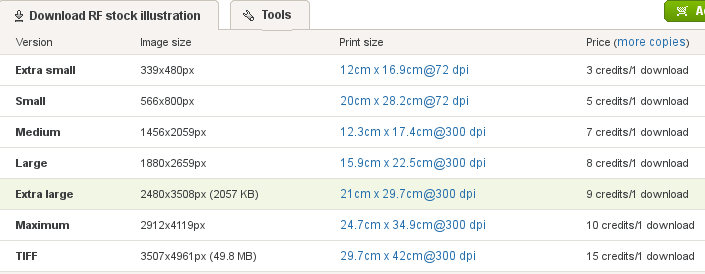
Allow me a moment to explain: I uploaded at first a 2480x3508px JPEG and later a 2480x3508px PNG. While I am not sure all those resolutions are generated from the JPEG or PNG, I am sure about the image size. So the "premium" TIFF version, costing 50% more than the next one is just an upscale version (from 2480x3508px to 3507x4961px) of a raster image! Wasted money! There is also a "maximum" option, with a slightly higher price over my original size, which is an odd upscale (from 2480x3508px to 2912x4119px) of the raster original.
I think this is an useful hint for the potential buyers: on stock image services, maximum price or maximum resolution may not mean maximum quality.
Posted by
nicu
at
12:05 AM
1 comments
![]()
Labels: clipart, design, GIMP, graphics, inkscape, photo, software-liber, svg

Nicu's Blog by Nicu Buculei is licensed under a Creative Commons Attribution-Share Alike 3.0 License.

